Mamiya Sekor 50mm f2 is one of the four standard prime lenses for Mamiya TL and DTL cameras, released back in 1966. Mamiya was a professional camera manufacturer and made many excellent camera lenses – most of them are often overlooked by enthusiasts in favour of the better-known brands. Lenses in the range are the top of the line radioactive Mamiya Sekor 55mm f1.4, radioactive Mamiya Sekor 55mm f1.8 and the classic four-element Mamiya Sekor 50mm f2.8 – all worthy lenses in their own right.
Handling and engineering
Mamiya Sekor 50mm f2 is comfortable to use – the focus ring is large, smooth and well-damped, but not as refined or precise as the Konicas or Canons. Aperture selection is pleasant and tactile. Construction is sturdy – composed of metal and glass. And it shows – many years of use-and-abuse, and yet this lens looks like new. It is single-coated with signature Mamiya yellow tint. Despite coating, it does flare a lot and loses contrast when pointed towards the sun.
The main difference between this lens and the faster Mamiya Sekor 55mm f1.8 is that this lens does not contain radioactive elements. The arrangement of optical elements is identical to the Mamiya Sekor 55mm f1.8 – they both have six lens elements in four groups.
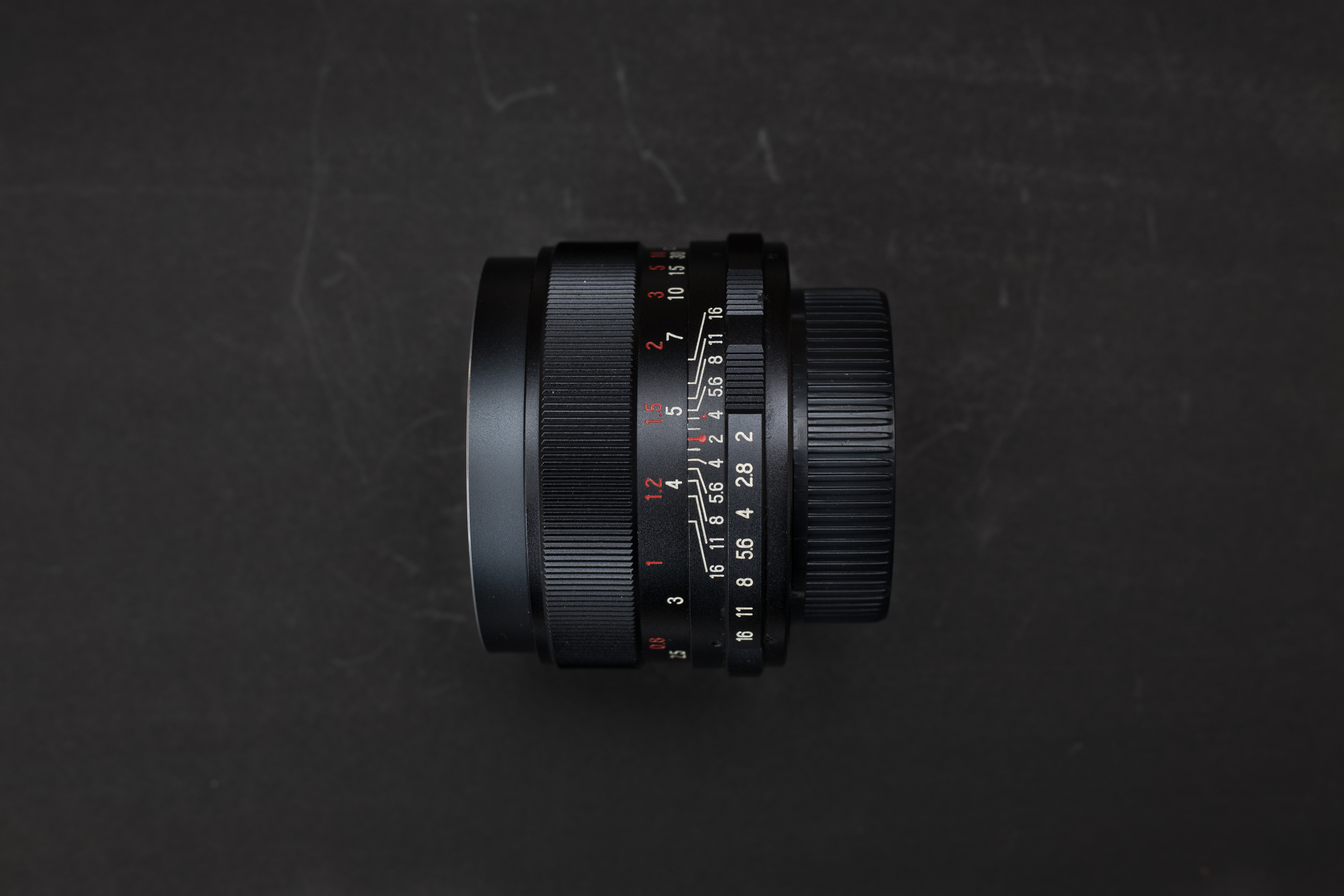
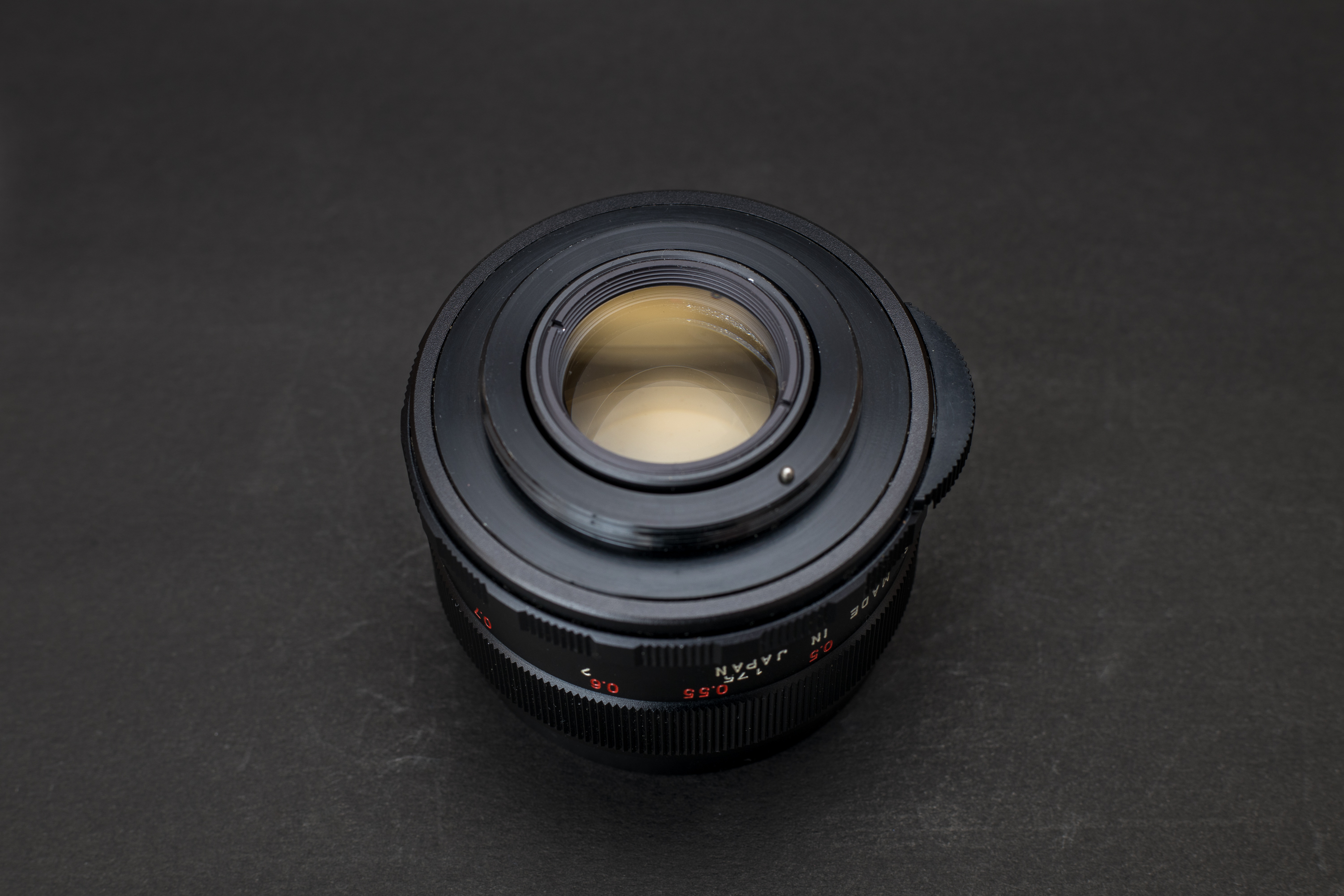
Optical performance
Images shot with this lens are beautiful and contrasty. Photos are sharp from about f4, but quite soft wide open. Flare can contribute to achieving creative light effects for artistic purposes. This lens offers a rendering similar to the other Mamiya 50mm lenses from the 1960s.
Backgrounds are rather busy. I do like the separation between objects, but it is not as strong because this lens is regularly stopped-down to f4 – otherwise it is too soft. In some cases, busy backgrounds can look good and form a character of the vintage image, but it is very much a matter of taste. Used wide-open shows bubble-bokeh effect with pronounced edges on the specular highlights.
Macro performance
The minimum focus distance is about 50cm, which does not allow enough magnification for macro photography on its own. Nonetheless, it is possible to improve that by using an adapter with a helicoid.
Macro performance of the Mamiya Sekor 50mm f2 is good – the images are well defined, but getting good shots is difficult. It is not a fast lens and needs further stopping down to increase sharpness, but that makes resultant apertures very small. The helicoid adapter also uses up a portion of the remaining light, making it tricky to use hand-held. Mamiya Sekor 58mm f1.7 or the Mamiya Sekor 55mm f1.8 are both noticeably better lenses for close-up photography.
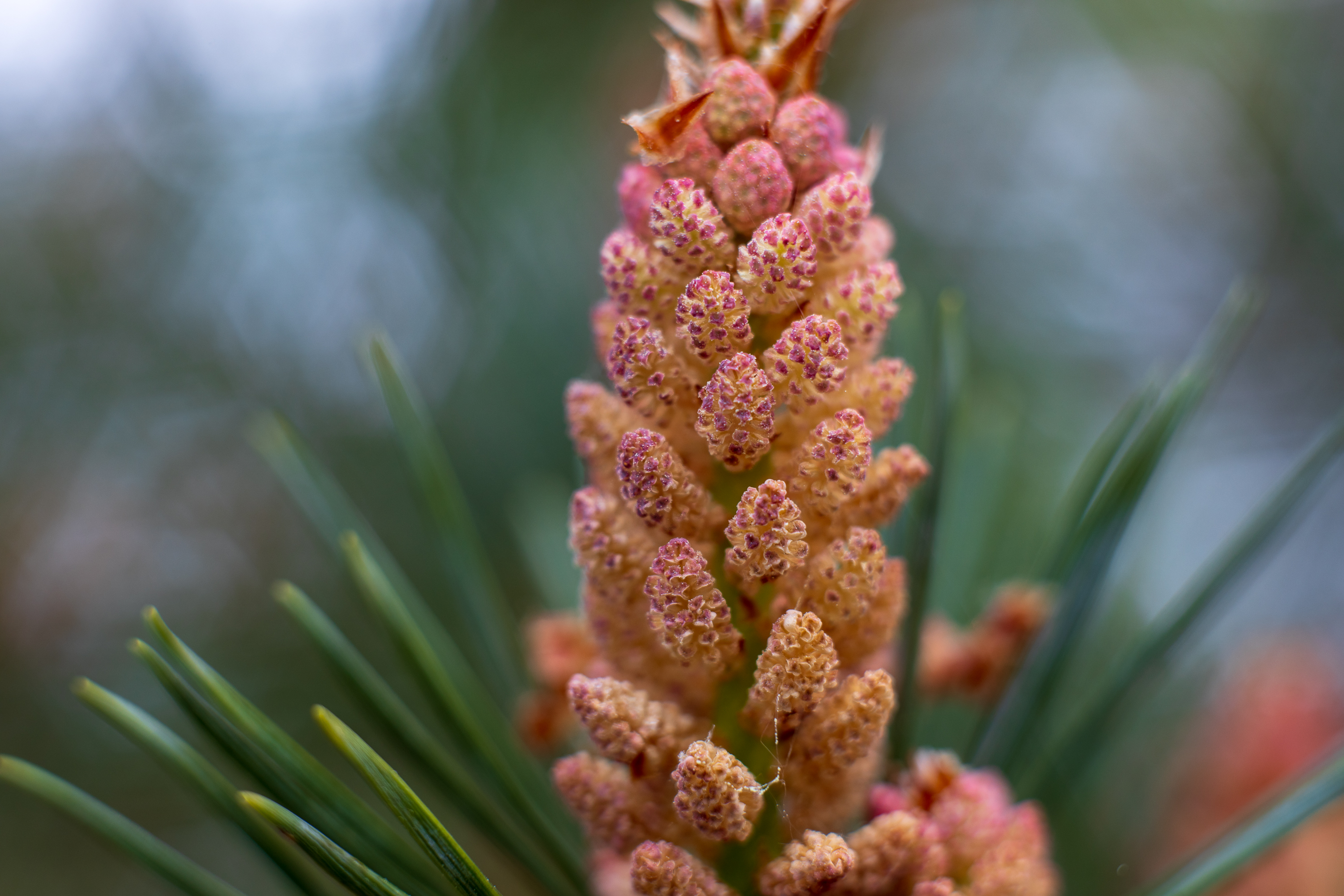
Compatibility and adaptors
Due to M42 mount, the Mamiya Sekor 50mm f2 is a very adaptable lens and works well with mirrorless and SLR cameras. However, mirrorless cameras gain an advantage because larger space between the sensor and the glass permits helicoid adapters.
Pixco Canon RF to M42 helicoid adapter provides close focussing and significantly increases magnification when it is needed. Switching between infinity and macro range on a whim is easy without adding any extension tubes – all it takes is a turn on the helicoid adapter ring. I ended up using it with every M42 lens because of the seamless flexibility that it offers.
Radioactivity
I measured the Mamiya Sekor 50mm f2 with a Geiger counter and did not detect any increased radiation. This lens is in the middle of the range, so this is not surprising. Mamiya Sekor 55mm f1.8 and the Mamiya Sekor 55mm f1.4 are both mildly radioactive due to thoriated glass.
Prices
These lenses are usually inexpensive and often come with the Mamiya DTL camera bodies. They are not rare or difficult to find. I bought mine on eBay. They cost about £40 on eBay UK, €50 on eBay Germany, or $50 on eBay US.
Mamiya Sekor 50mm f2 Specifications
Focal length: 50mm
Aperture: f2-f16
Construction: 6 elements in 4 groups
Front filter diameter: 52mm
Mount: M42
Focus: Manual
Radioactive: No
Made in: Japan
Pros
- Easy to find and inexpensive to purchase
- Good performance once stopped down
- Solid construction
- Images have a vintage, imperfect look
Cons
- Image quality is not as good as other standard prime lenses
- Prone to flare and loss of contrast
Conclusion
Mamiya Sekor 50mm f2 delivers beautiful colours and contrast but lacks smooth bokeh, fast aperture, or the excellent sharpness of the other lenses in the line. The best way to describe this lens is to say it’s not spectacular in any field, but competent enough where it matters. I enjoy using it, but considering the is no price difference between it and a 50mm f1.8 – I would use the latter. For these reasons, I would rate it 3 out of 5.
Sample Images
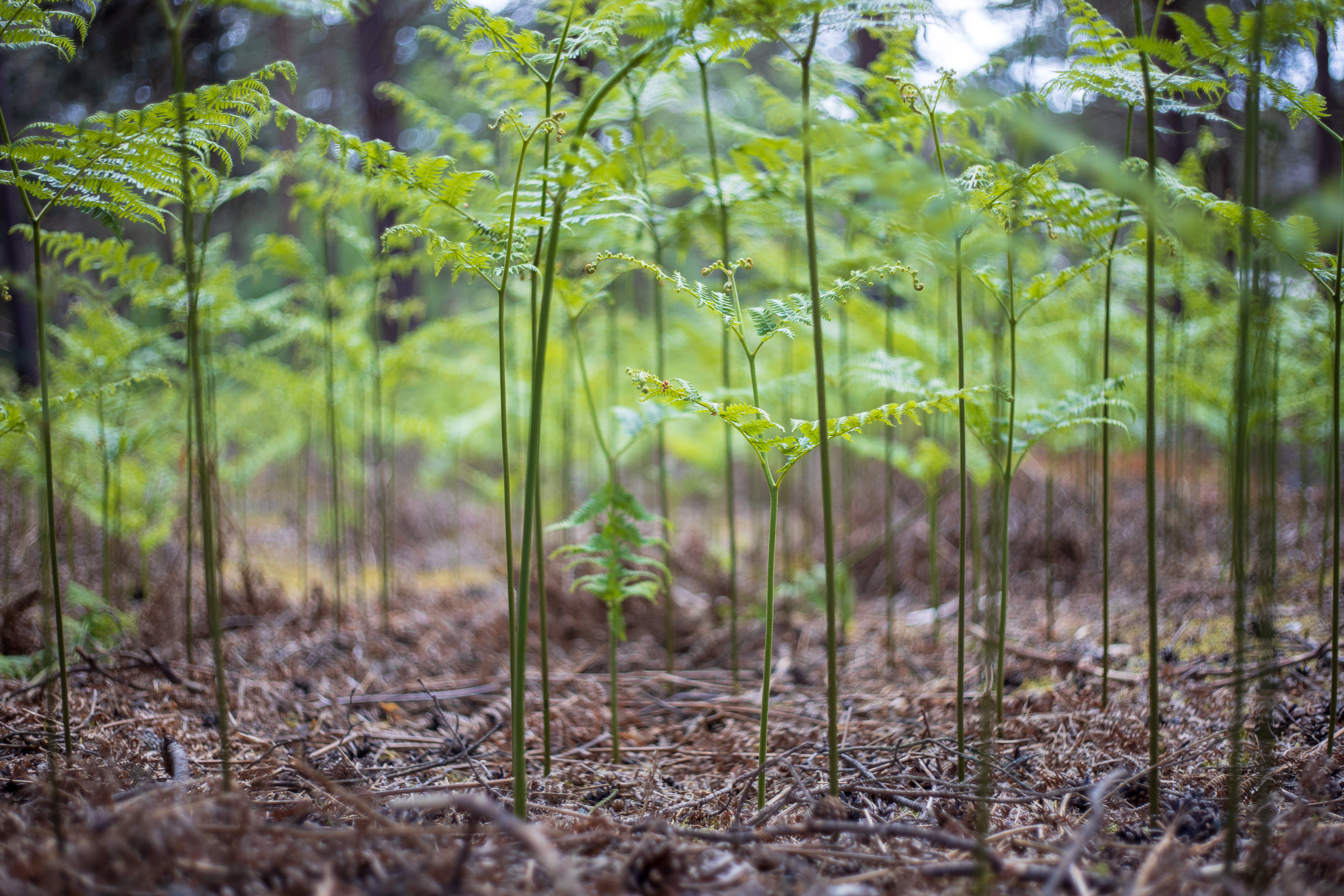

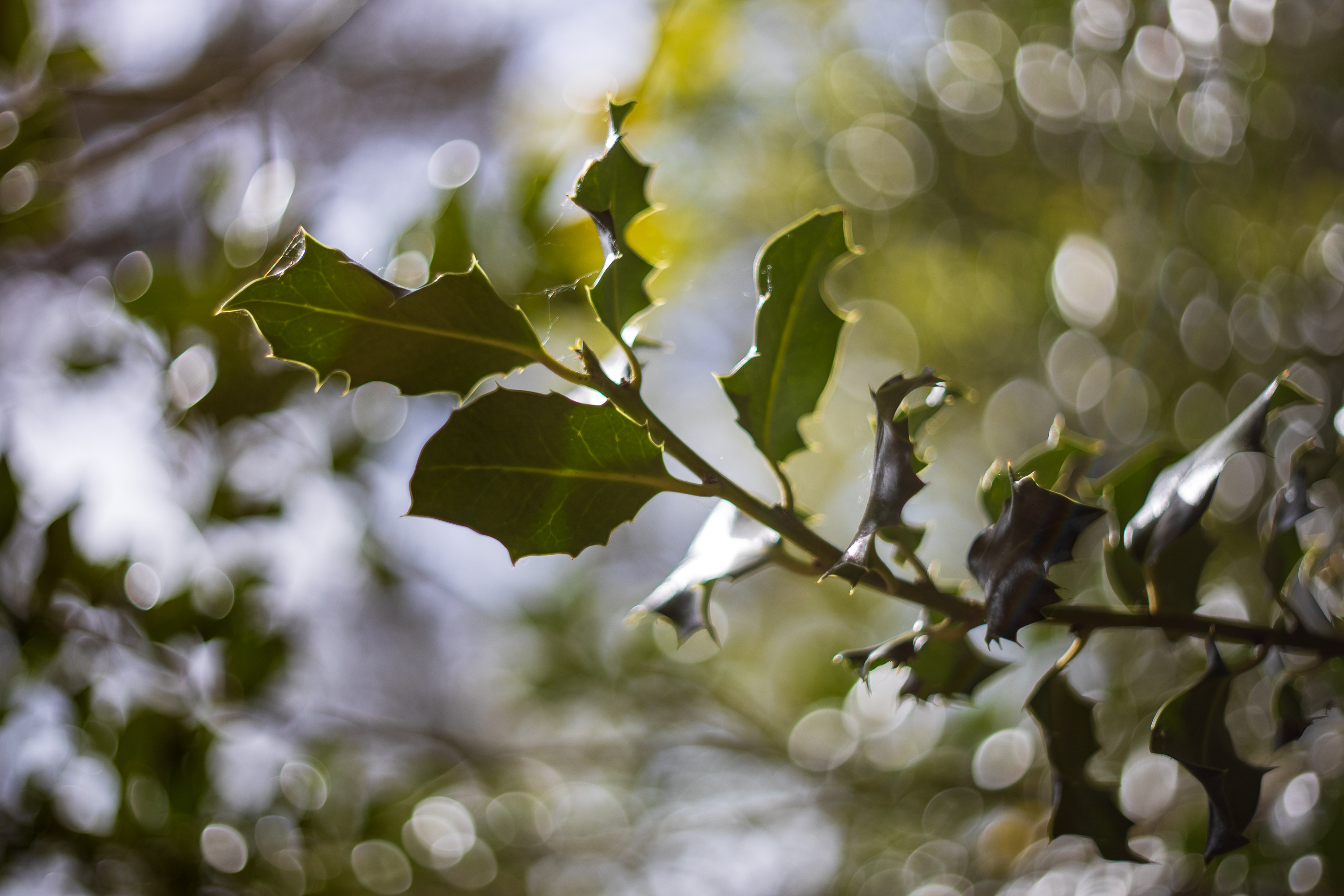
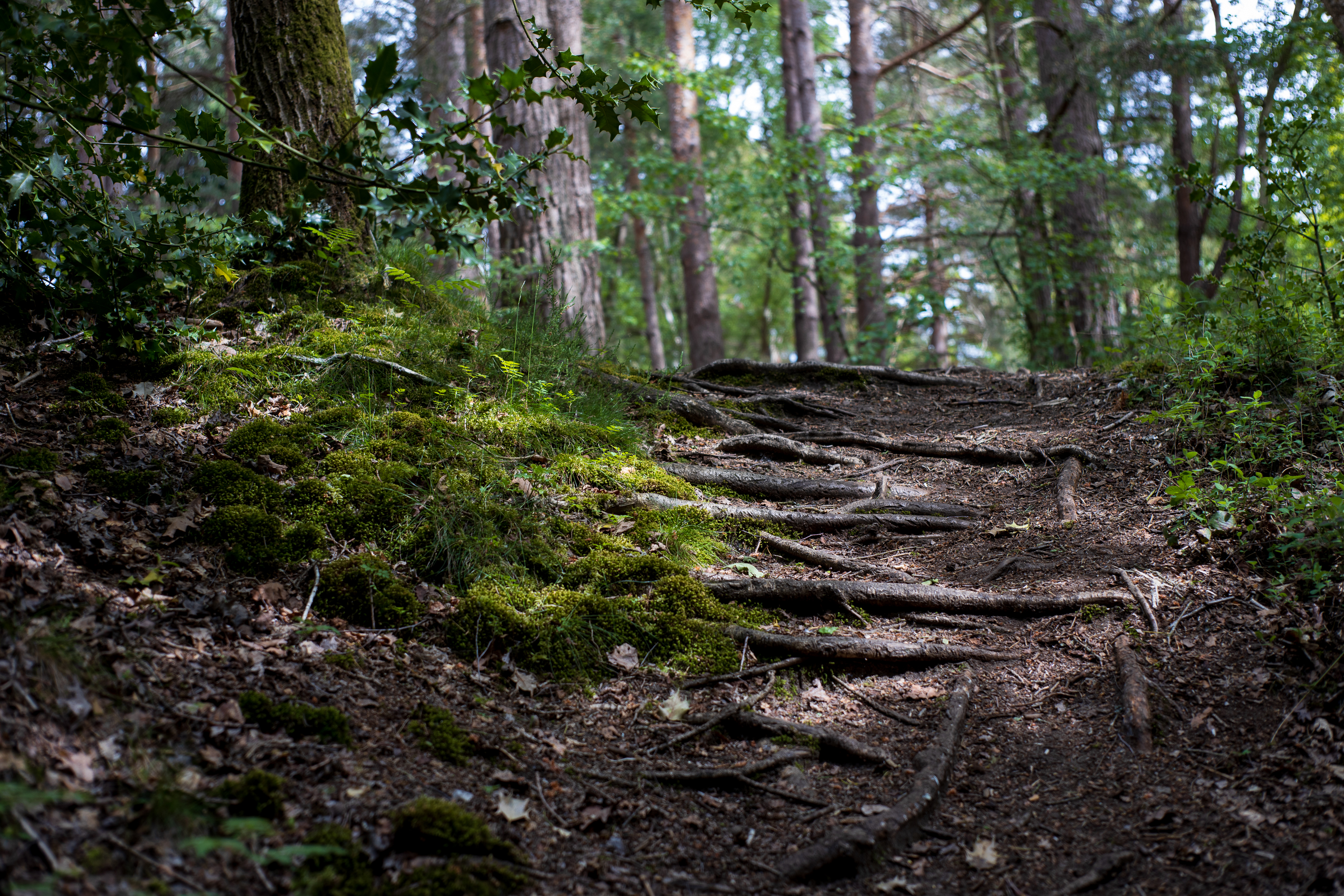
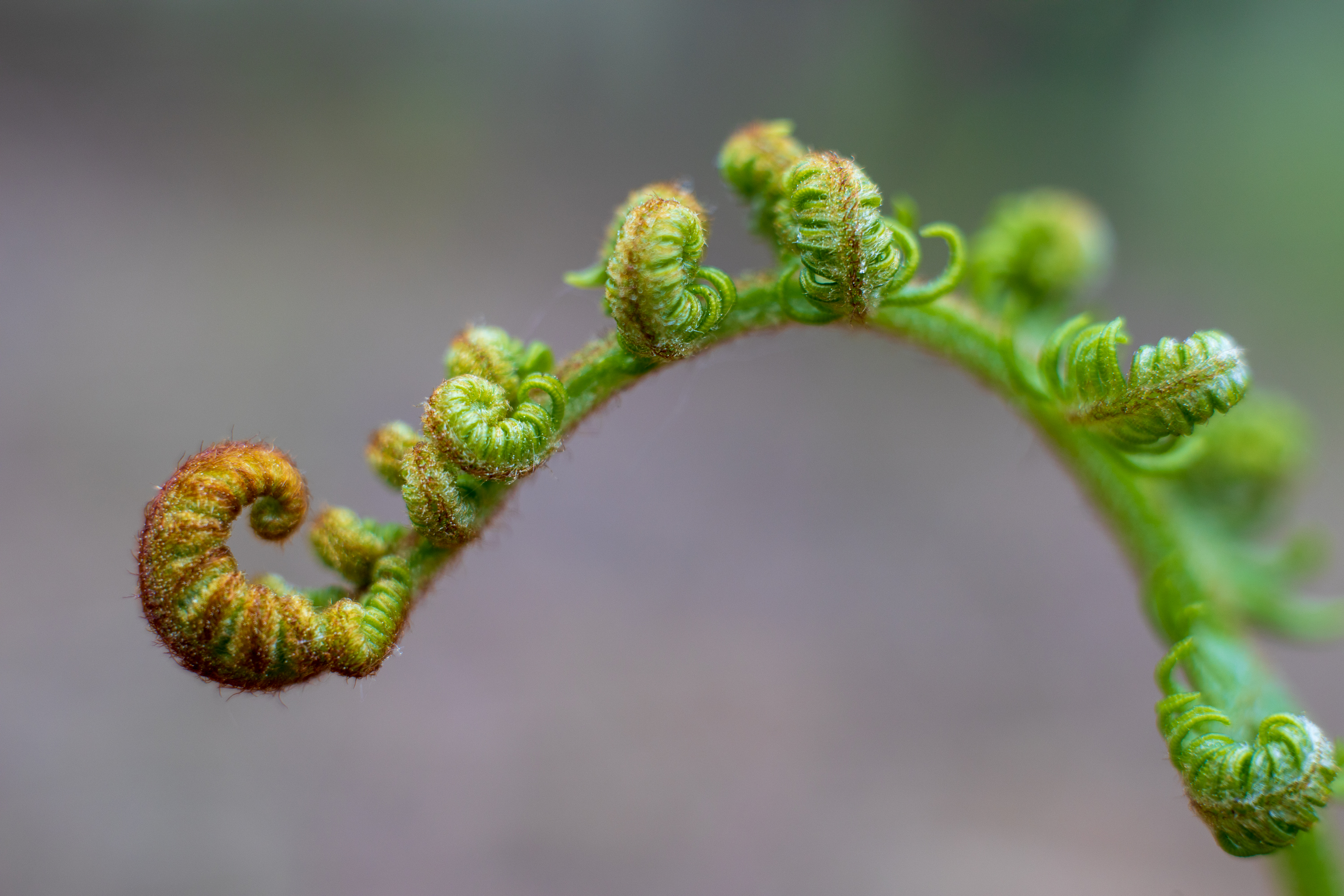
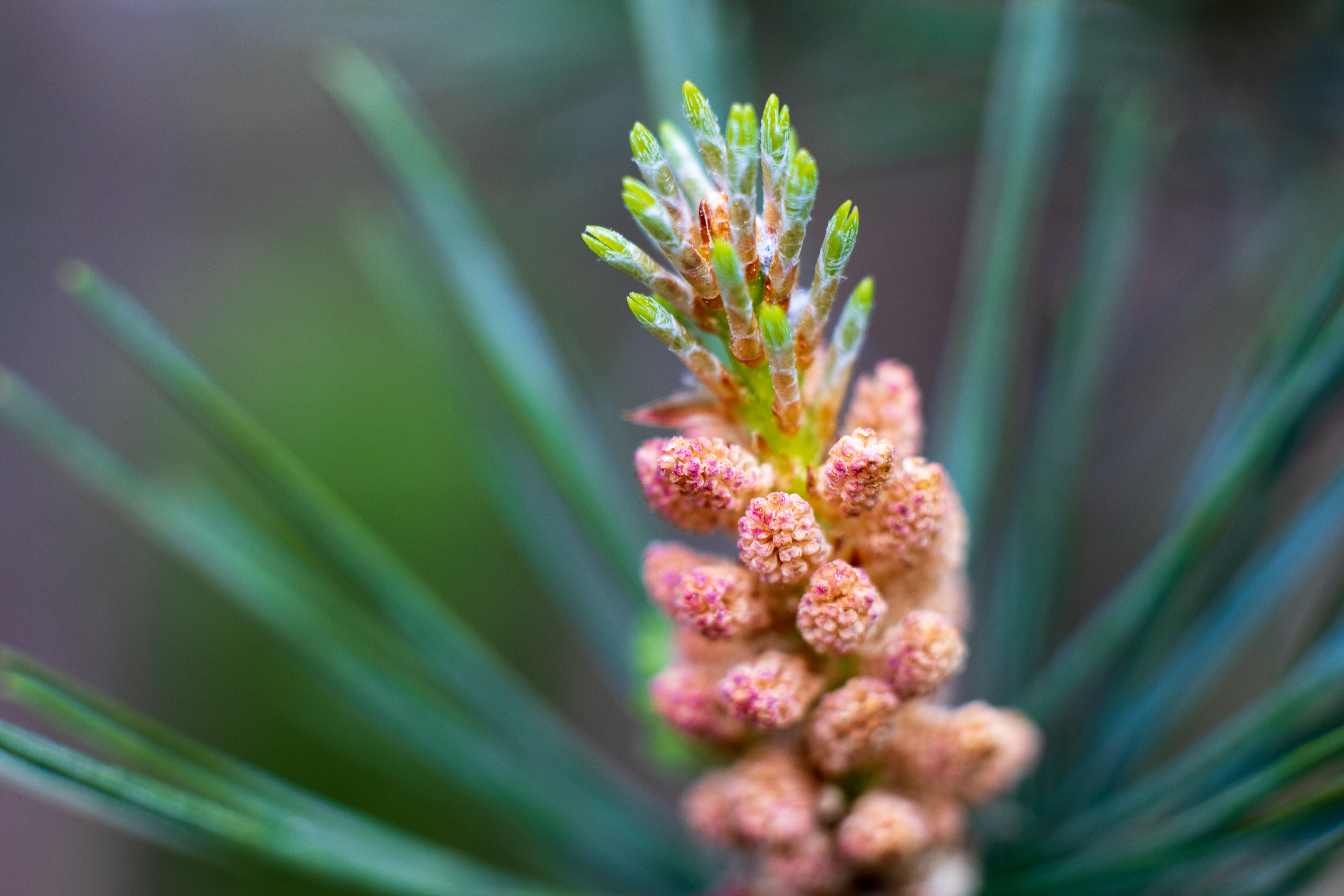
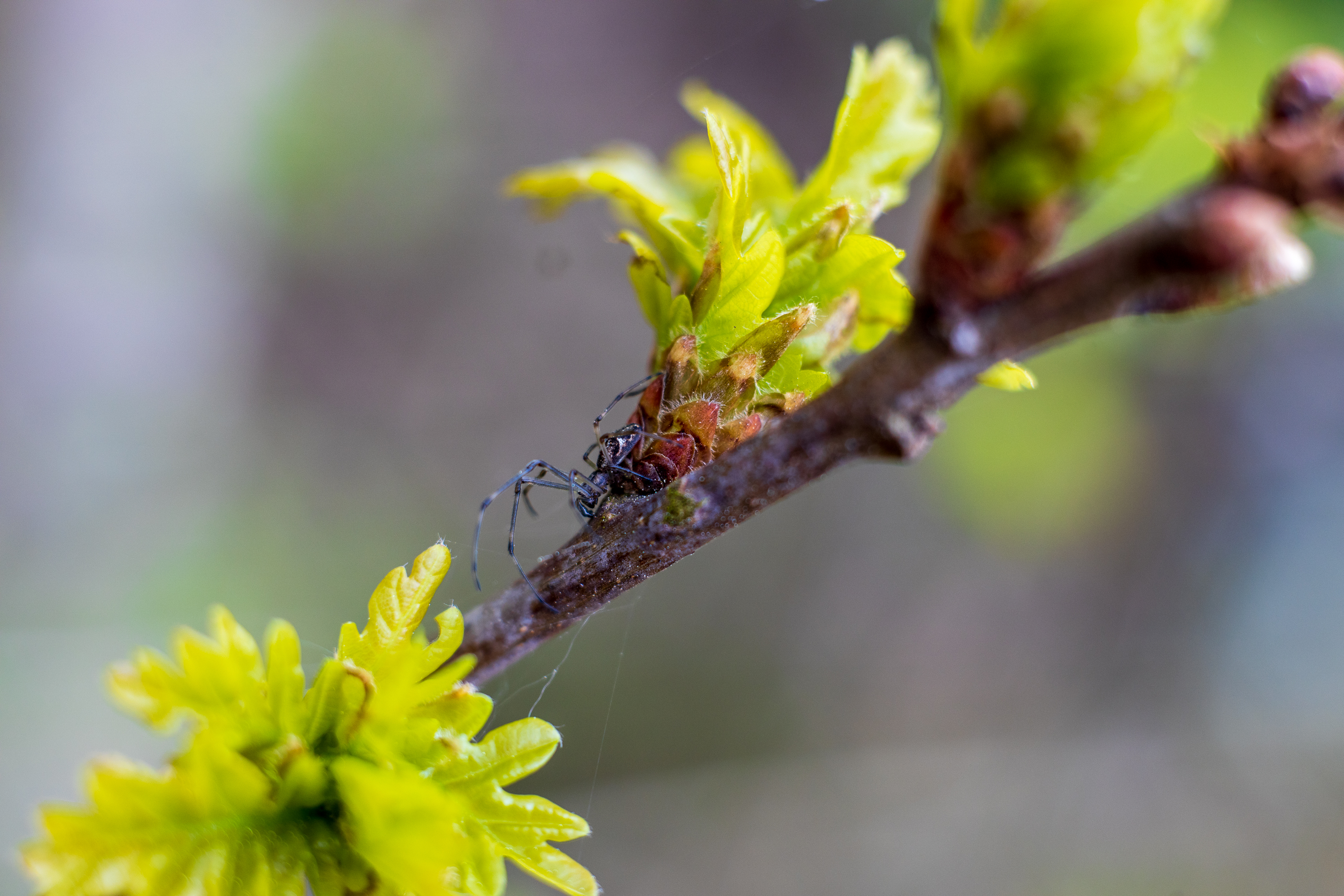
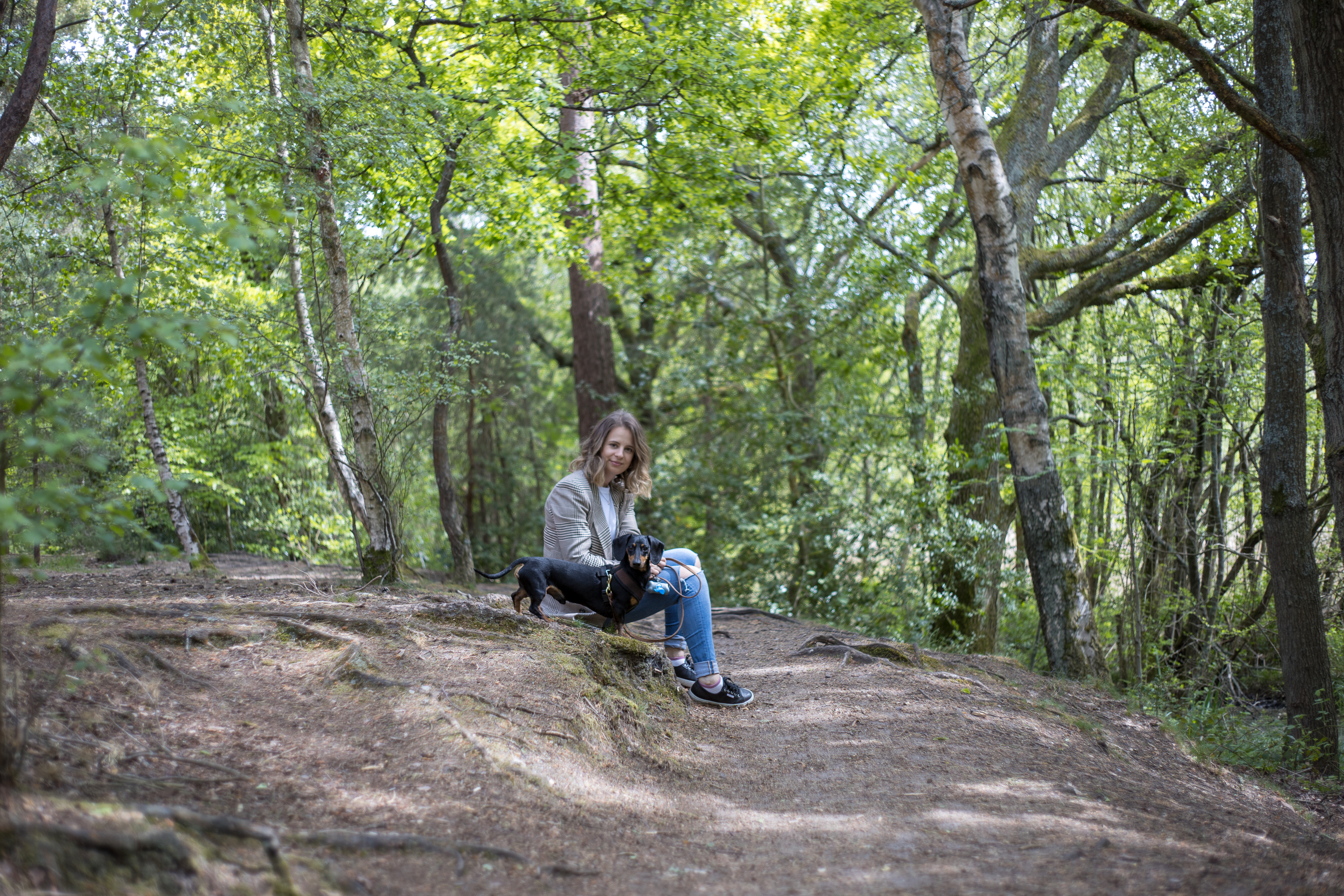
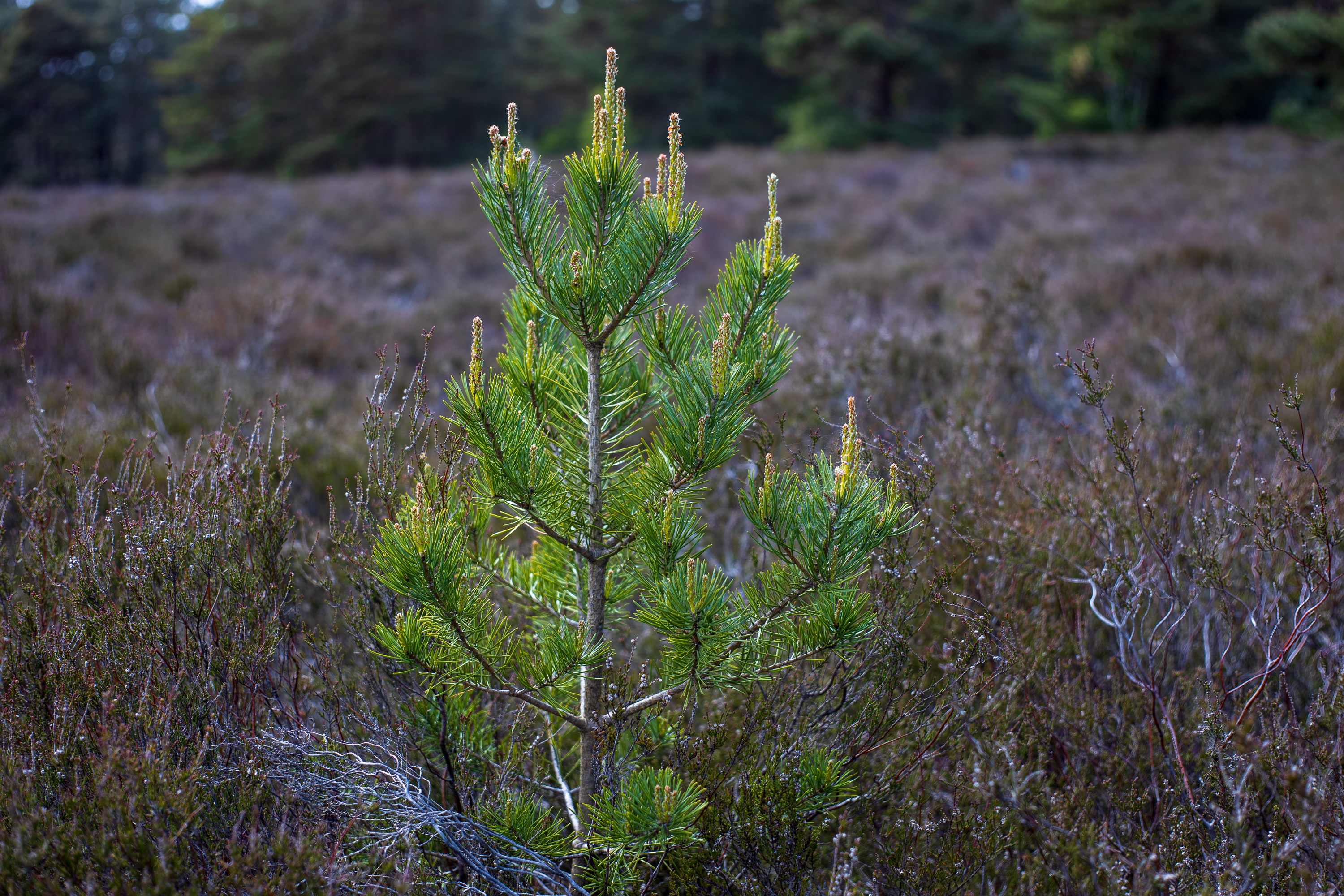
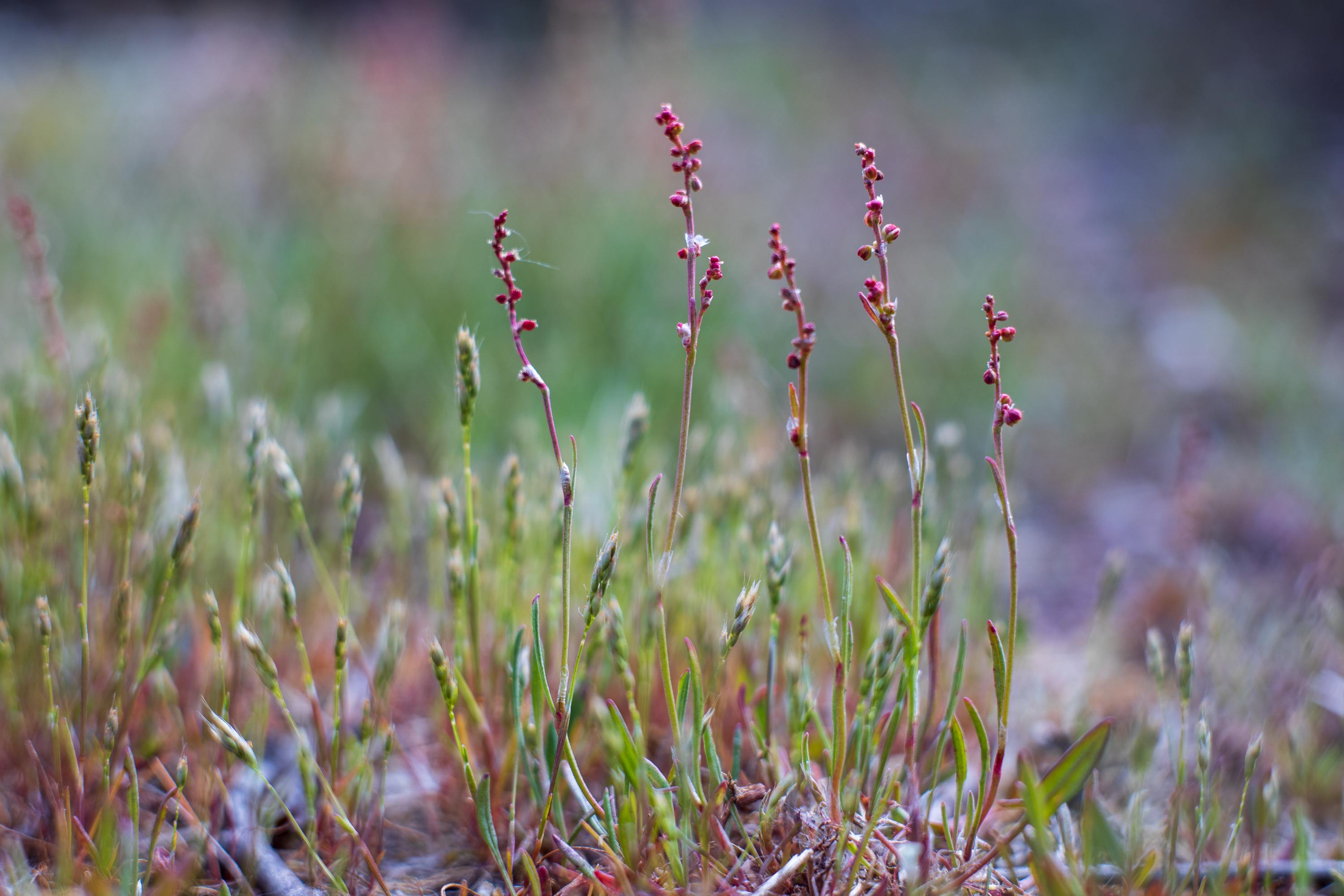
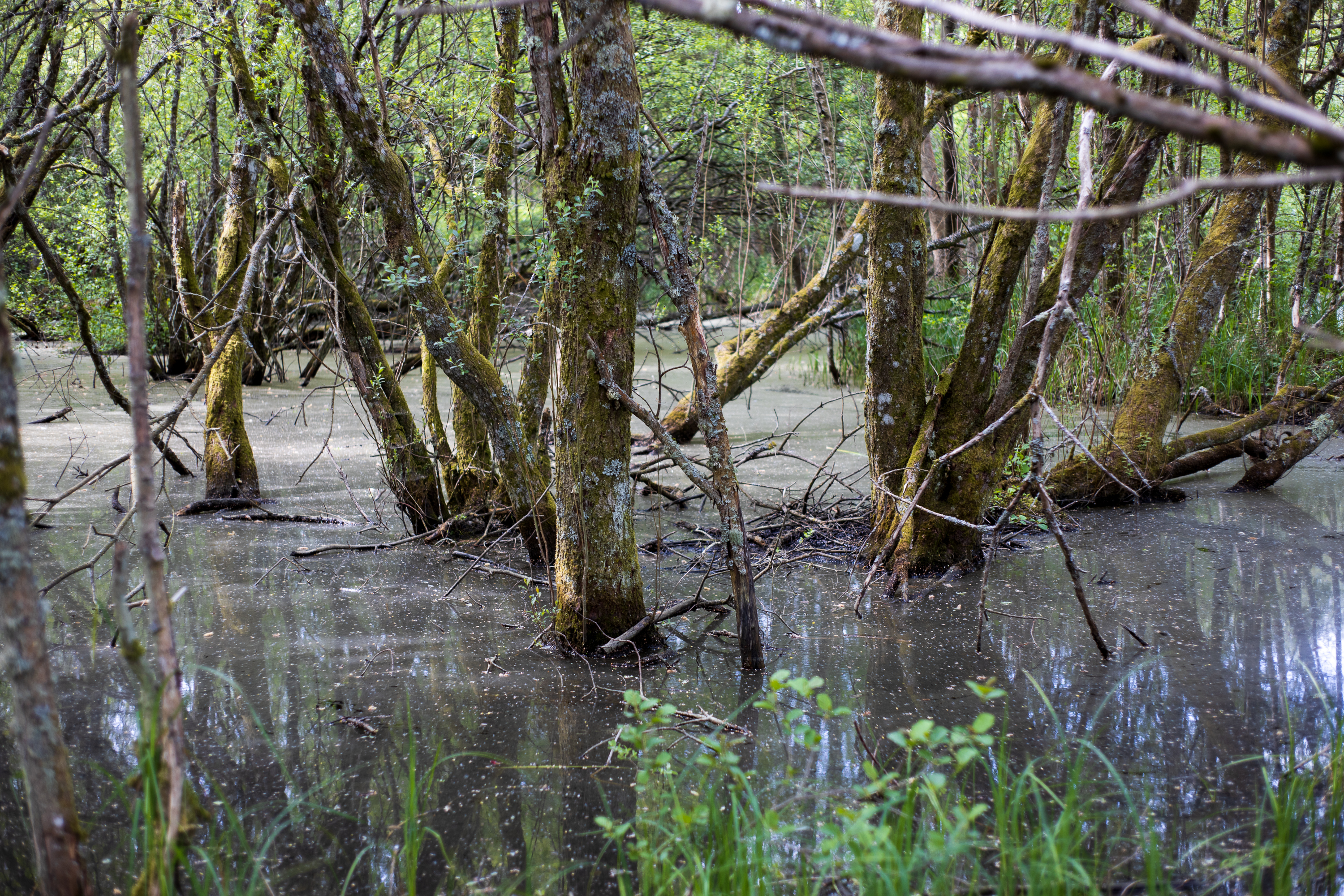
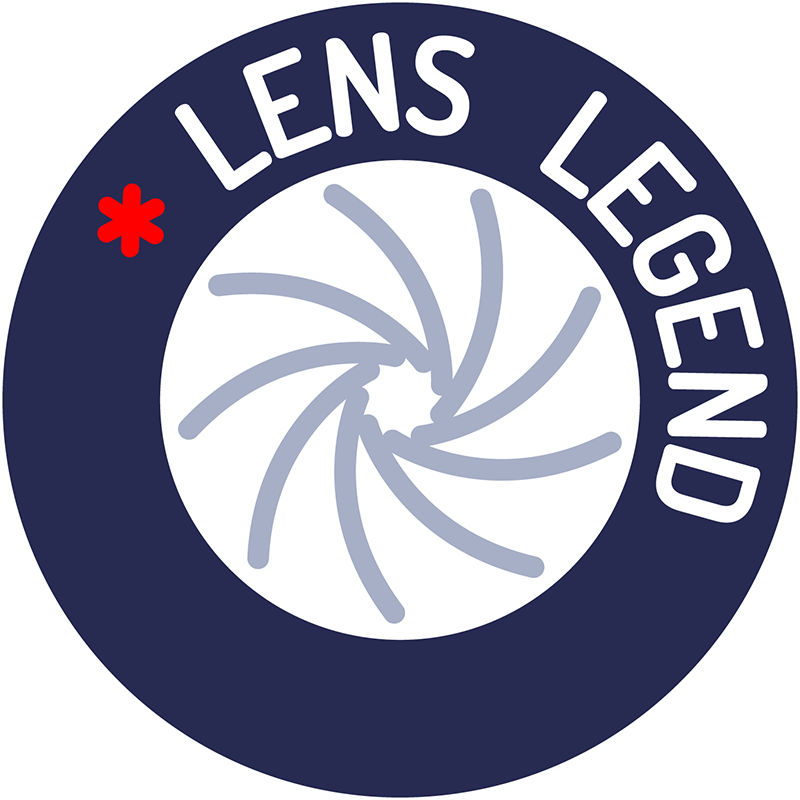
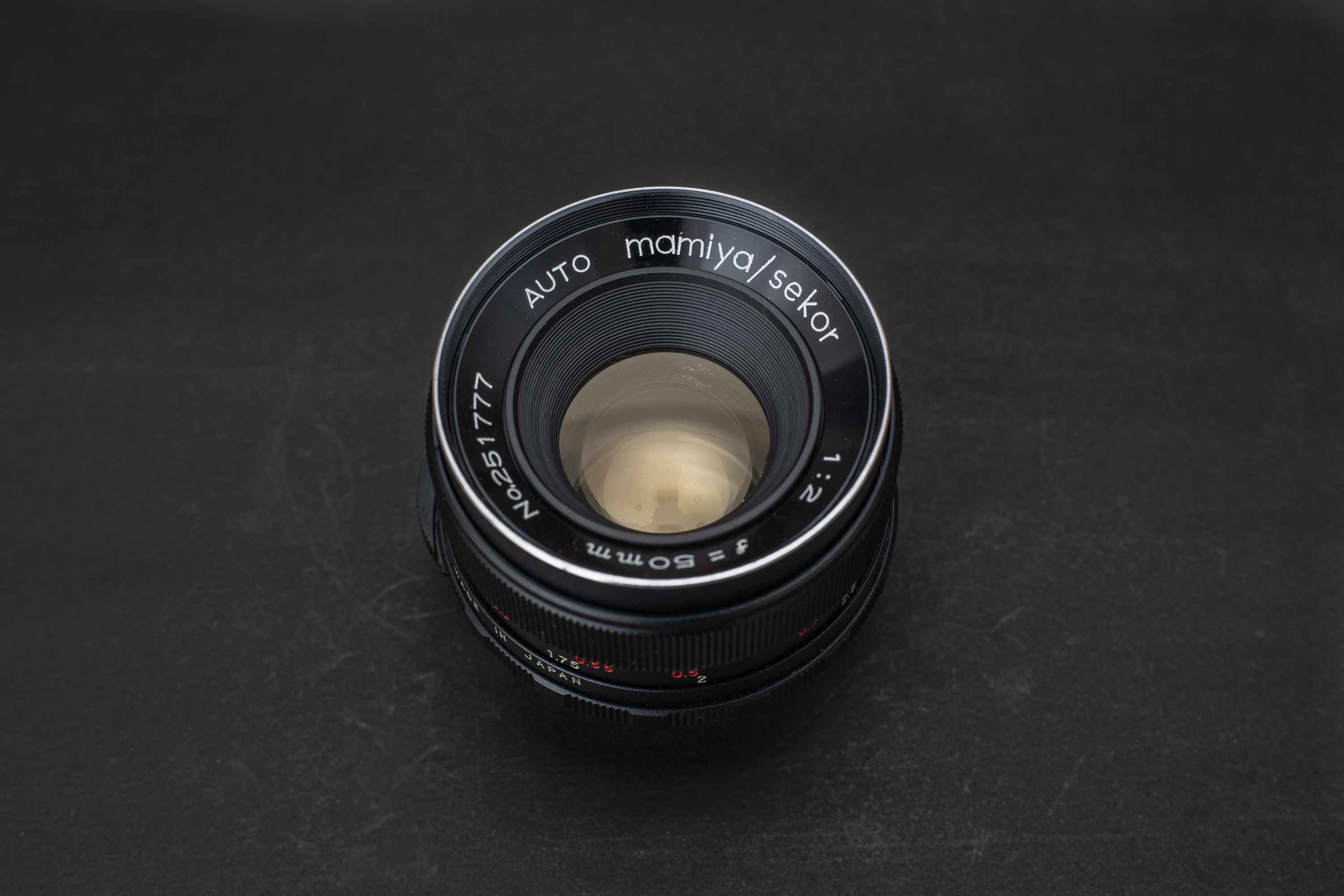
Leave a Reply